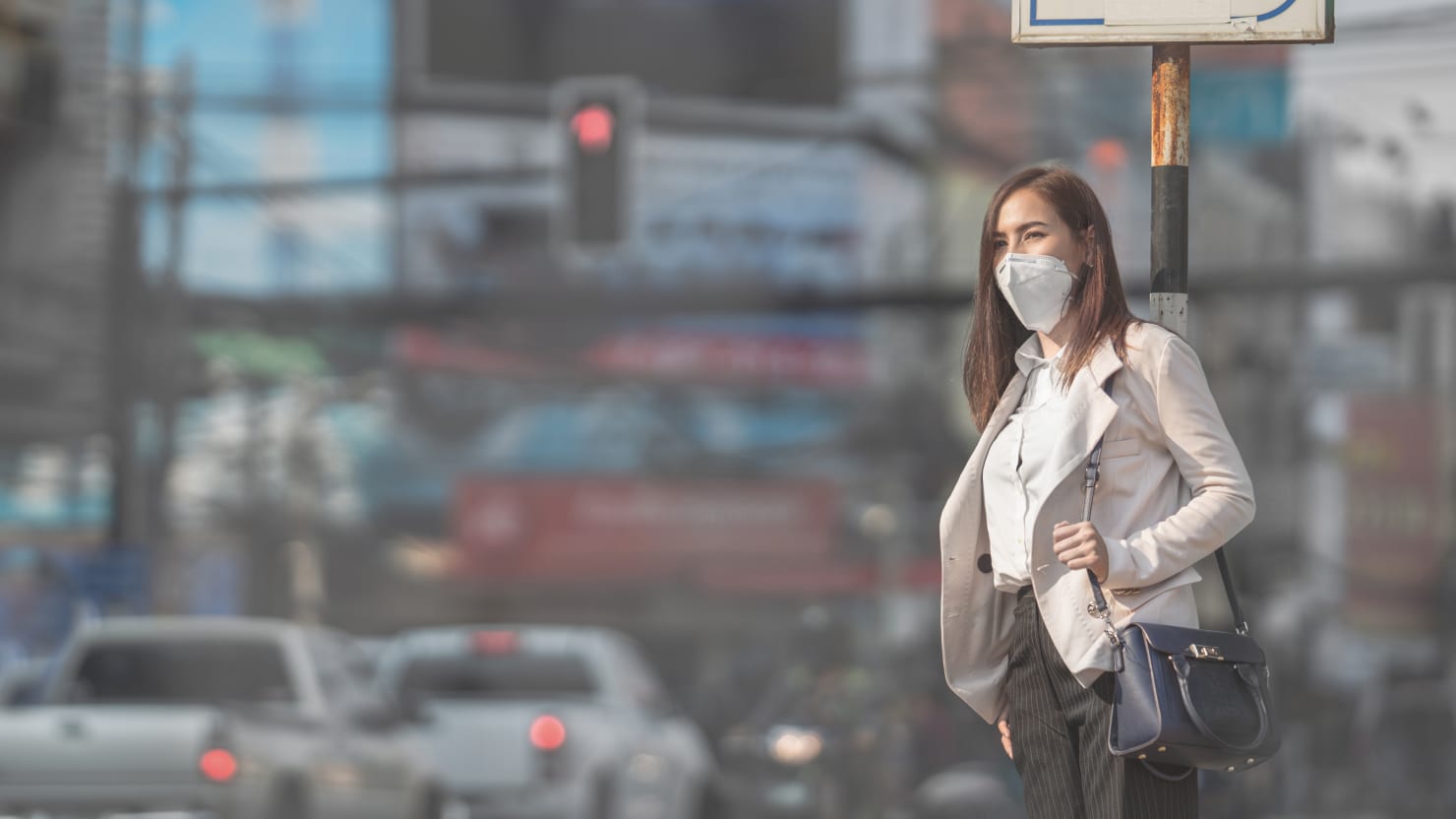Infection
Air Pollution Is Making Infectious Diseases Deadlier, Study Finds
In the aftermath of the COVID-19 pandemic, the potential of new diseases to wreck our world has never been more clear—and so is the role that environmental changes play in exacerbating those new diseases. The connections between those factors is still an ongoing investigation, but the more we’re learning, the more we ought to be worried.
A new, first-of-its-kind global study published Monday in The Lancet Planetary Health suggests that antibiotic resistance among pathogenic bacterial diseases may be linked to increases in air pollution—putting people all around the globe at risk of exposure to these infections. While decreasing air pollution could be a significant way to curb such strains from arising—but that will take concerted action among world governments.
“Antibiotic resistance and air pollution are each in their own right among the greatest threats to global health,” Hong Chen, a researcher at Zhejiang University in China and the lead author of the new study, said in a statement. “Until now, we didn’t have a clear picture of the possible links between the two, but this work suggests the benefits of controlling air pollution could be two-fold: not only will it reduce the harmful effects of poor air quality, it could also play a major role in combating the rise and spread of antibiotic-resistant bacteria.”
It’s been well established at this point that microbes can hitch a ride on particulate matter that’s able to travel very vast distances around the world. Potential reservoirs of antibiotic resistance bacteria include hospitals, farms, and sewage-treatment plants—all of which use elevated amounts of antibiotics to reduce the number of pathogens circulating around. From any of these locations, air pollution could help carry antibiotic resistant bacteria to new places, blowing through disease control efforts that are already in place.
The new study is an analysis of public health data from 116 countries spanning 2000 to 2018, covering nine species of pathogenic bacteria and 43 types of antibiotics, as well levels of PM2.5 pollution (a size of particulate matter critical in air pollution). An analysis of the data—along with other information regarding antibiotic use, sanitation, economics, population, and climate—showed that with every 1 percent rise in PM2.5 air pollution, antibiotic resistance also rises between 0.5–1.9 percent.
The data also revealed that nearly half a million deaths in 2018 were linked to antibiotic resistance potentially connected to air pollution. Unsurprisingly, it is countries in the Global South that also experience some of the worst levels of air pollution—North Africa, the Middle East, and South Asia—where antibiotic resistance is highest.
The researchers also used modeling to determine how this linkage could unfold over the future. What they found was a bit of encouraging news: If the globe could meet World Health Organization air quality guidelines by 2050, this would help reduce the rise of antibiotic resistant infections by 17 percent—potentially saving 23 percent of people who may have otherwise died, and saving up to $640 billion annually.
The new study is an alarming eye-opener, but by no means is it ironclad proof of how air pollution drives antibiotic resistance forward. Many developing countries—often the most impacted by both factors—lack public health data that could have affected the new analyses. Trying to distinguish which countries are facing the biggest risk isn’t easy with so many gaps in the data, and so the results should be taken with a bit of caution when trying to apply to specific regions.
Nevertheless, the study demonstrates that we can no longer simply think of air pollution as its own specific public health hazard. Things are more connected than we realized—and solving one issue will undoubtedly require solving other issues as well.

